Best SSDs: From SATA to PCIe 5.0, from budget to premium
SSDs, or solid state drives, have drastically improved the computing experience over the last decade or so. Thanks to them, once ponderous boot times now border on instantaneous, programs and games are far more responsive, and the frustratingly long waits to load large files are largely a thing of a past. So… if you’re not yet using an SSD, what are you waiting for? If you already have an older SSD, you might consider upgrading it for the even headier performance offered by cutting-edge PCIe 4.0 and 5.0 designs. If your PC sports those technologies, of course. That said, a premium drive may not deliver any more real-world performance than a bargain drive. Mainstream software, including Windows has yet to implement the numerous performance tricks, such as multiple queues, that NVMe SSDs offer. PROMOTIONClone & Migrate SSDs | EaseUS Disk Copy Ready to upgrade to SSDs? EaseUS Disk Copy helps you make it in one click. This straightforward disk cloning software clones HDD/SSD from most manufacturers, migrates data from HDDs to SSDs and clones an SSD to another under Windows. It aligns 4K sectors and autofits the SSD layout for best performance. Now 25% OFF Exclusive Code: PCWORLD25. FREE DOWNLOAD Learn More Our recommendations cover both internal SSDs (NVMe picks are listed first, SATA picks second) and external SSDs (listed last). See also PCWorld’s guide to the best external drives if you’re looking strictly for a portable storage solution. Crucial P3 – Best PCIe 3.0 SSD Pros Excellent PCIe 3 performance Fantastically low price per GB Cons Very low TBW rating Non-cached QLC writes are extremely slow Who should buy the Crucial P3? Bargain hunters will delight in the Crucial P3’s very good daily performance for minimal outlay. It did well in our testing and is available for just $45 in the 500GB capacity and $60 at 1TB. Crucial P3: Further considerations It’s only PCIe 3.0 (3Gbps), but many users still use that older spec and won’t benefit much from the faster, but generally pricier PCIe 4.0/5.0 SSDs. The P3’s TBW (terabytes that may be written) rating is also quite low at 220 per terabyte of capacity (the unfortunate norm for QLC NAND), but we’ll forgive that in light of the price. Though the P3 is cheap, prices have dropped on faster PCIe 4.0 models (5.0 still carries a premium) since this review, so newer technology might make sense in terms of future-proofing for you next machine. Regardless, all NVMe SSDs are subjectively lightning-fast, so the P3 can save you money without any sacrifice in satisfaction. Read our full Crucial P3 review WD Black SN7100 SSD – Best PCIe 4.0 SSD Pros Top-notch HMB performance Affordable Sexy name Cons Slower random performance than DRAM designs Who should buy the WD Black SN7100? Users who want the fastest 1TB to 4TB PCIe 4.0 SSD that won’t break the bank will want the WD Black SN7100. We were wowed by the 2TB version’s first-place finish among host memory buffer (HMB/DRAM-less) SSDs in our benchmarks. It also beat out a number of DRAM designs. WD Black SN7100: Further considerations The fact that it’s an HMB design, i.e. it uses your system’s memory for primary caching duties, as opposed to featuring DRAM onboard, means the SN7100 is very competitively priced. We’re talking close to $50 less than our previous pick, the Solidigm P44 Pro, for both the 1TB and 2TB capacities. Combine that with an industry-standard five-year warranty / 600TBW rating (terabytes that can be written) per TB, and you’re looking at the best PCIe 4.0 SSD for average users and gamers. Read our full WD Black SN7100 NVMe SSD review WD Blue SN5000 – Best budget PCIe 4.0 SSD Pros Good everyday performance Very affordable Fastest NVMe SSD writing 450GB Cons

SSDs, or solid state drives, have drastically improved the computing experience over the last decade or so. Thanks to them, once ponderous boot times now border on instantaneous, programs and games are far more responsive, and the frustratingly long waits to load large files are largely a thing of a past.
So… if you’re not yet using an SSD, what are you waiting for? If you already have an older SSD, you might consider upgrading it for the even headier performance offered by cutting-edge PCIe 4.0 and 5.0 designs. If your PC sports those technologies, of course.
That said, a premium drive may not deliver any more real-world performance than a bargain drive. Mainstream software, including Windows has yet to implement the numerous performance tricks, such as multiple queues, that NVMe SSDs offer.
PROMOTION
Clone & Migrate SSDs | EaseUS Disk Copy

Ready to upgrade to SSDs? EaseUS Disk Copy helps you make it in one click. This straightforward disk cloning software clones HDD/SSD from most manufacturers, migrates data from HDDs to SSDs and clones an SSD to another under Windows. It aligns 4K sectors and autofits the SSD layout for best performance. Now 25% OFF Exclusive Code: PCWORLD25.
Our recommendations cover both internal SSDs (NVMe picks are listed first, SATA picks second) and external SSDs (listed last). See also PCWorld’s guide to the best external drives if you’re looking strictly for a portable storage solution.
Crucial P3 – Best PCIe 3.0 SSD
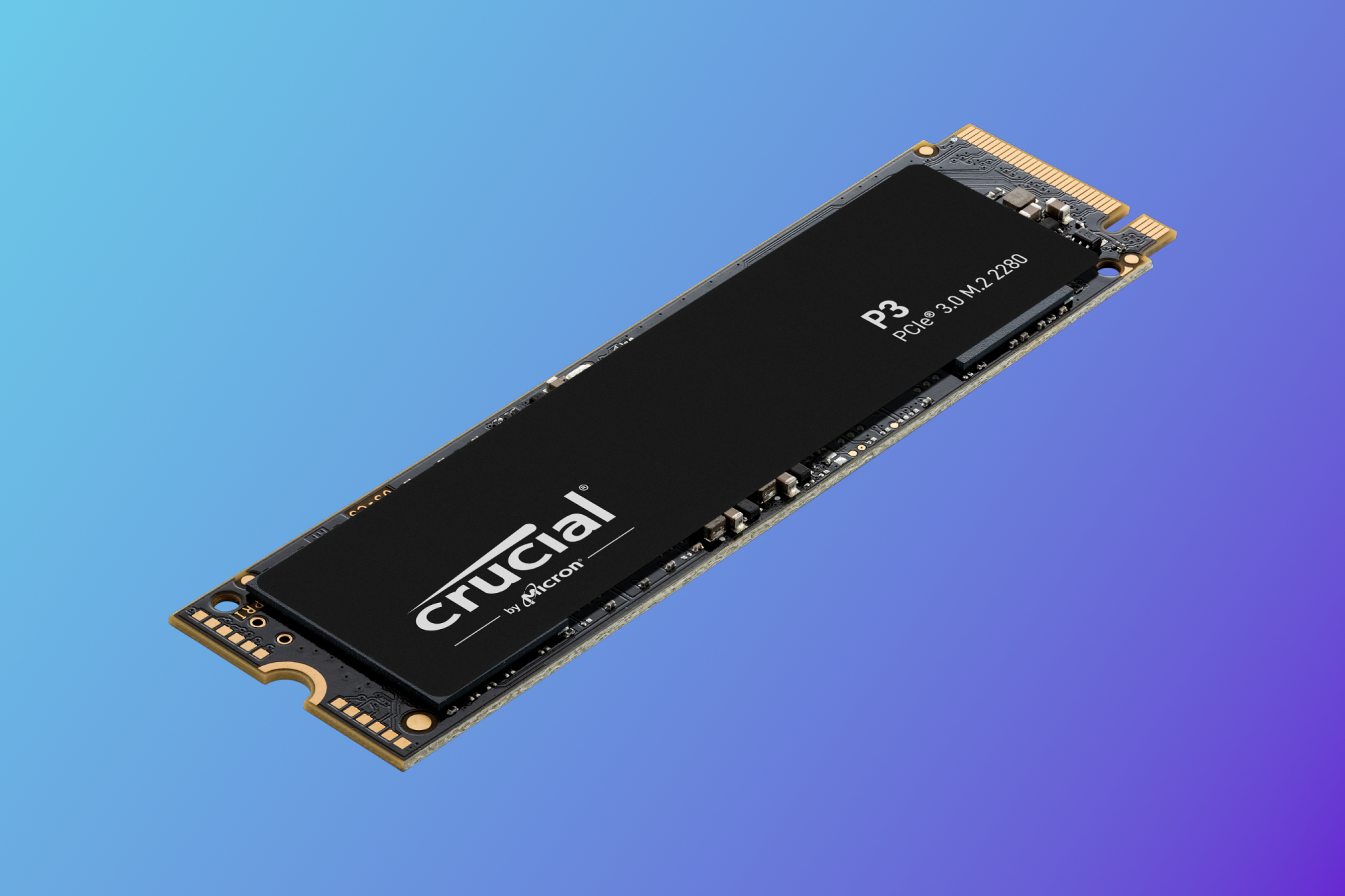
Pros
- Excellent PCIe 3 performance
- Fantastically low price per GB
Cons
- Very low TBW rating
- Non-cached QLC writes are extremely slow
Who should buy the Crucial P3?
Bargain hunters will delight in the Crucial P3’s very good daily performance for minimal outlay. It did well in our testing and is available for just $45 in the 500GB capacity and $60 at 1TB.
Crucial P3: Further considerations
It’s only PCIe 3.0 (3Gbps), but many users still use that older spec and won’t benefit much from the faster, but generally pricier PCIe 4.0/5.0 SSDs. The P3’s TBW (terabytes that may be written) rating is also quite low at 220 per terabyte of capacity (the unfortunate norm for QLC NAND), but we’ll forgive that in light of the price.
Though the P3 is cheap, prices have dropped on faster PCIe 4.0 models (5.0 still carries a premium) since this review, so newer technology might make sense in terms of future-proofing for you next machine. Regardless, all NVMe SSDs are subjectively lightning-fast, so the P3 can save you money without any sacrifice in satisfaction.
WD Black SN7100 SSD – Best PCIe 4.0 SSD
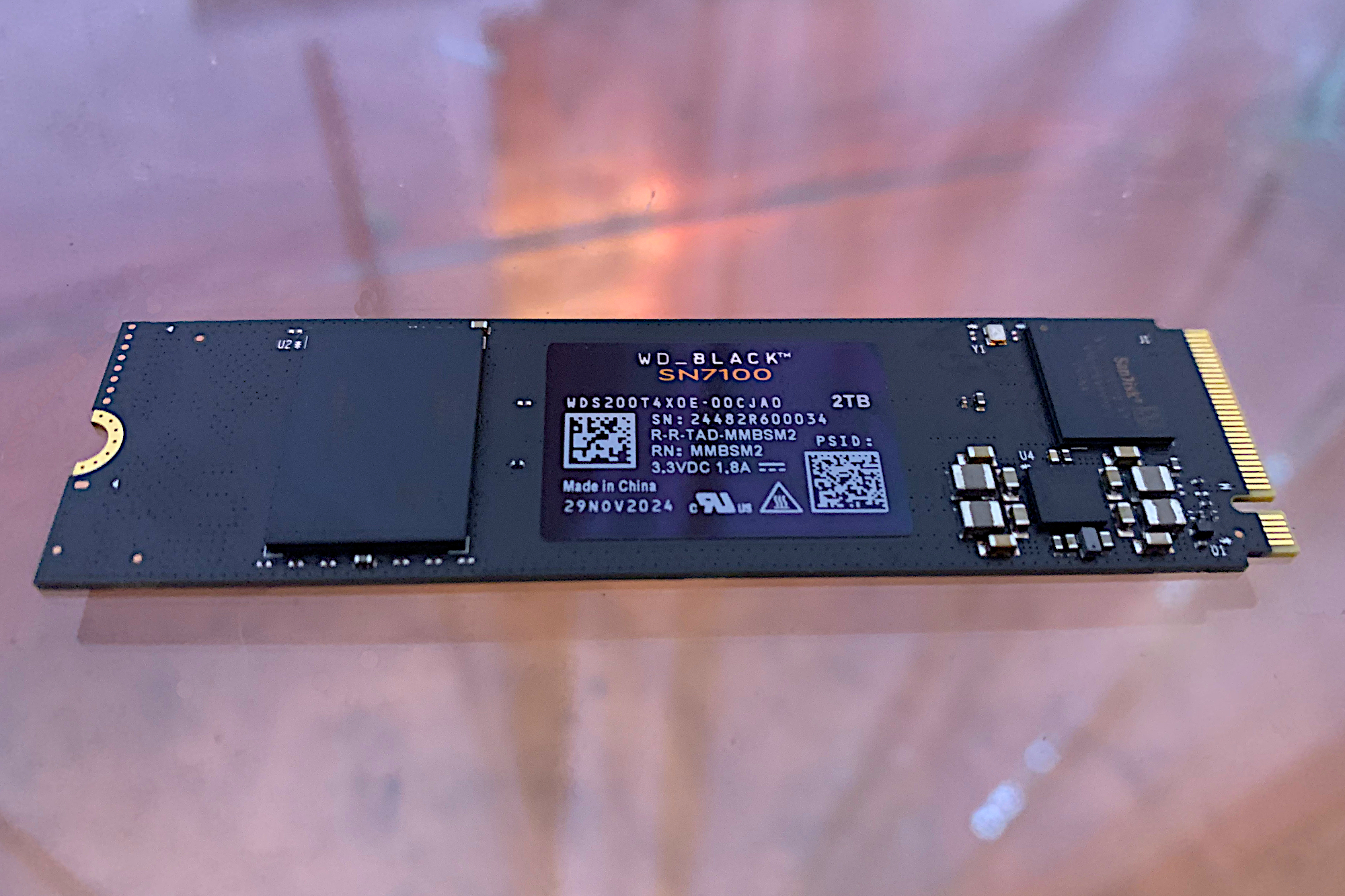
Pros
- Top-notch HMB performance
- Affordable
- Sexy name
Cons
- Slower random performance than DRAM designs
Who should buy the WD Black SN7100?
Users who want the fastest 1TB to 4TB PCIe 4.0 SSD that won’t break the bank will want the WD Black SN7100. We were wowed by the 2TB version’s first-place finish among host memory buffer (HMB/DRAM-less) SSDs in our benchmarks. It also beat out a number of DRAM designs.
WD Black SN7100: Further considerations
The fact that it’s an HMB design, i.e. it uses your system’s memory for primary caching duties, as opposed to featuring DRAM onboard, means the SN7100 is very competitively priced. We’re talking close to $50 less than our previous pick, the Solidigm P44 Pro, for both the 1TB and 2TB capacities.
Combine that with an industry-standard five-year warranty / 600TBW rating (terabytes that can be written) per TB, and you’re looking at the best PCIe 4.0 SSD for average users and gamers.
WD Blue SN5000 – Best budget PCIe 4.0 SSD
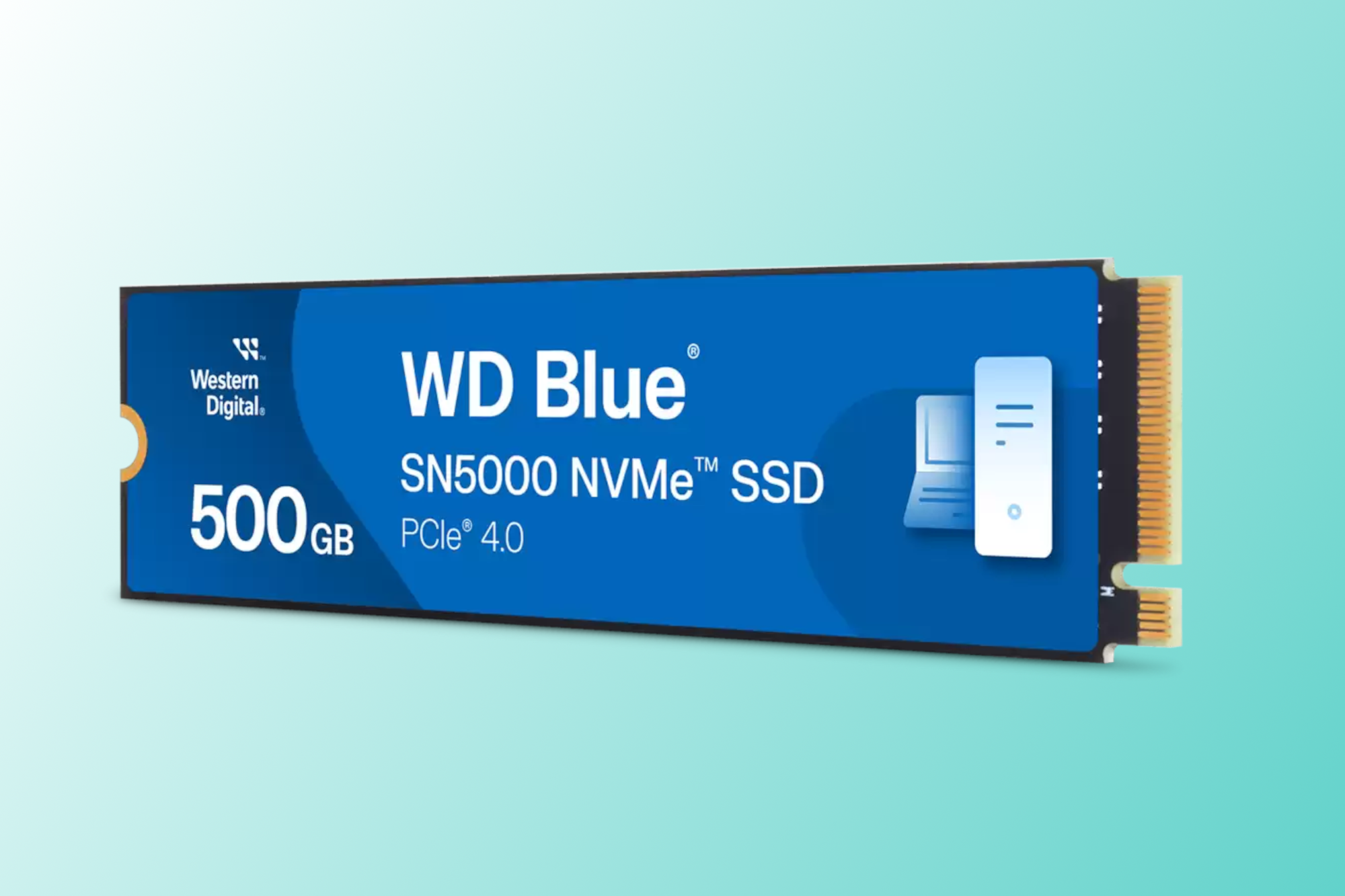
Pros
- Good everyday performance
- Very affordable
- Fastest NVMe SSD writing 450GB
Cons
- Top performance requires HMB support
Who should buy the WD Blue SN5000?
Gamers and non-gamers alike who are on a strict budget will save money without sacrificing top-flight performance with this PCIe 4.0 HMB (Host Memory Buffer/DRAM-less) SSD. At just $75 for a 1TB model at the time of writing, the Blue SN5000 is almost a steal.
WD Blue SN5000: Further considerations
In our testing, the SN5000 ranked among the fastest Host Memory Buffer (HMB) SSDs we’ve tested. And unlike the SN580 before it, the SN5000 didn’t falter during the 450GB transfer test, placing fourth among all SSDs. Yes, you lose nothing in sequential performance these days with HMB.
Teamgroup Z540 – Best PCIe 5.0 SSD
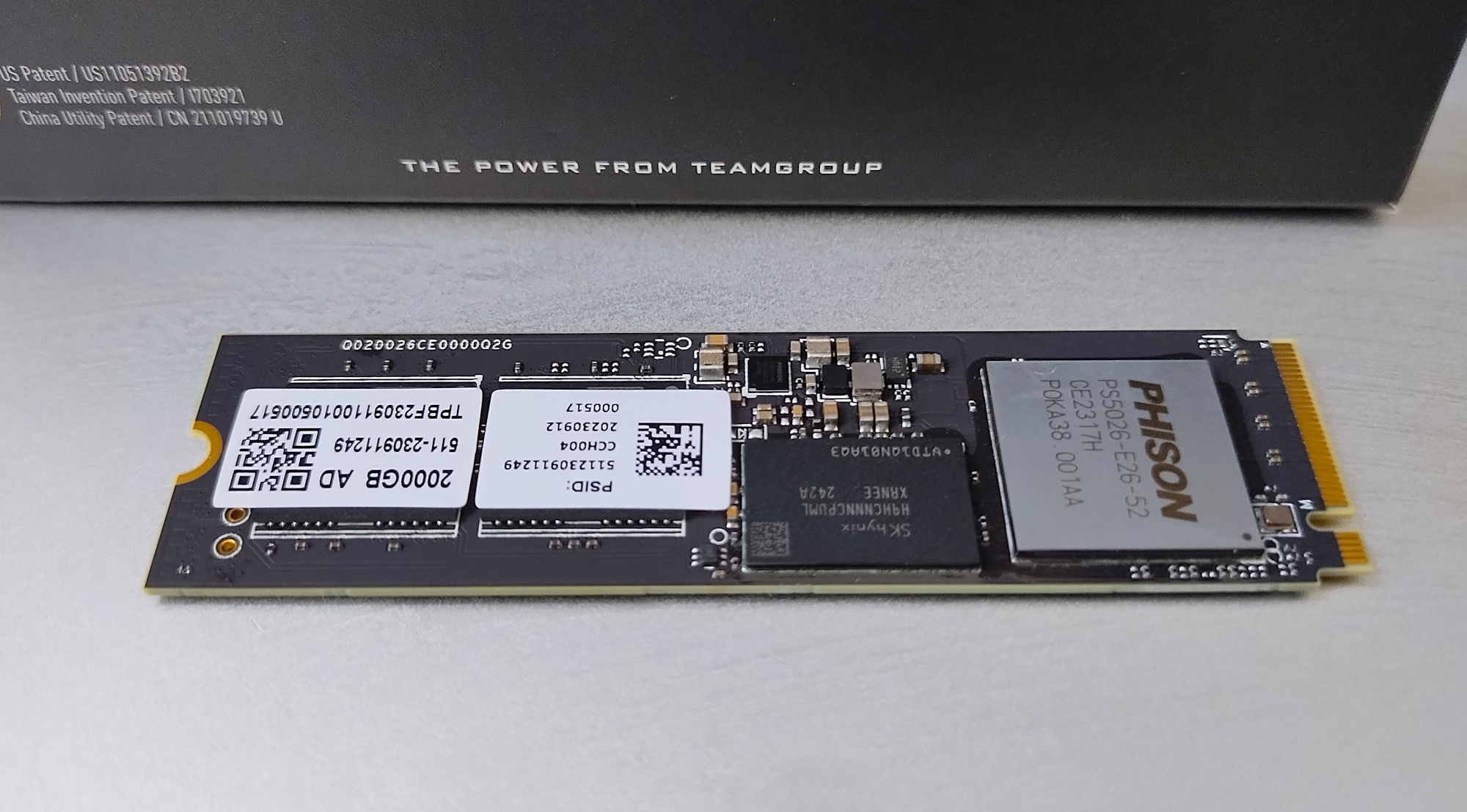
Pros
- PCIe 5.0
- Up to 4TB in capacity (soon)
- Second-fastest SSD we’ve tested overall
Cons
- Not particularly cheap
Who should buy the Teamgroup Z540?
Users looking for every last ounce of performance should be looking at this PCIe 5.0 SSD from Teamgroup. In all fairness, the Z540 traded benchmark wins and finished a hair behind our previous top pick the Crucial T705. But the Teamgroup Z540 beats that competitor when it comes to price, making it the new top pick for this category.
Teamgroup Z540: Further considerations
As with any PCIe 5.0 SSD, there are important caveats. For starters, you’re paying a hefty premium over extremely fast, and in some ways faster (real-world sequential performance) Host Memory Buffer NVMe PCIe 4.0 drives.
Only if you use multi-threaded software and your system sports a late-gen Intel CPU (which the Phison PS5026-E26-52 controller inside this drive is optimized for), can you be assured of benchmarking-busting performance.
As to he price advantage: the Z540 is $143, $247, and $470 for 1TB, 2TB, and 4TB, respectively, compared to the T705’s $155, $280, and $515, That’s the kind of savings that pushes a micro-close second place finish into the overall lead.
PNY CS2150 PCIe 5.0 SSD – Best budget PCIe 5.0 SSD
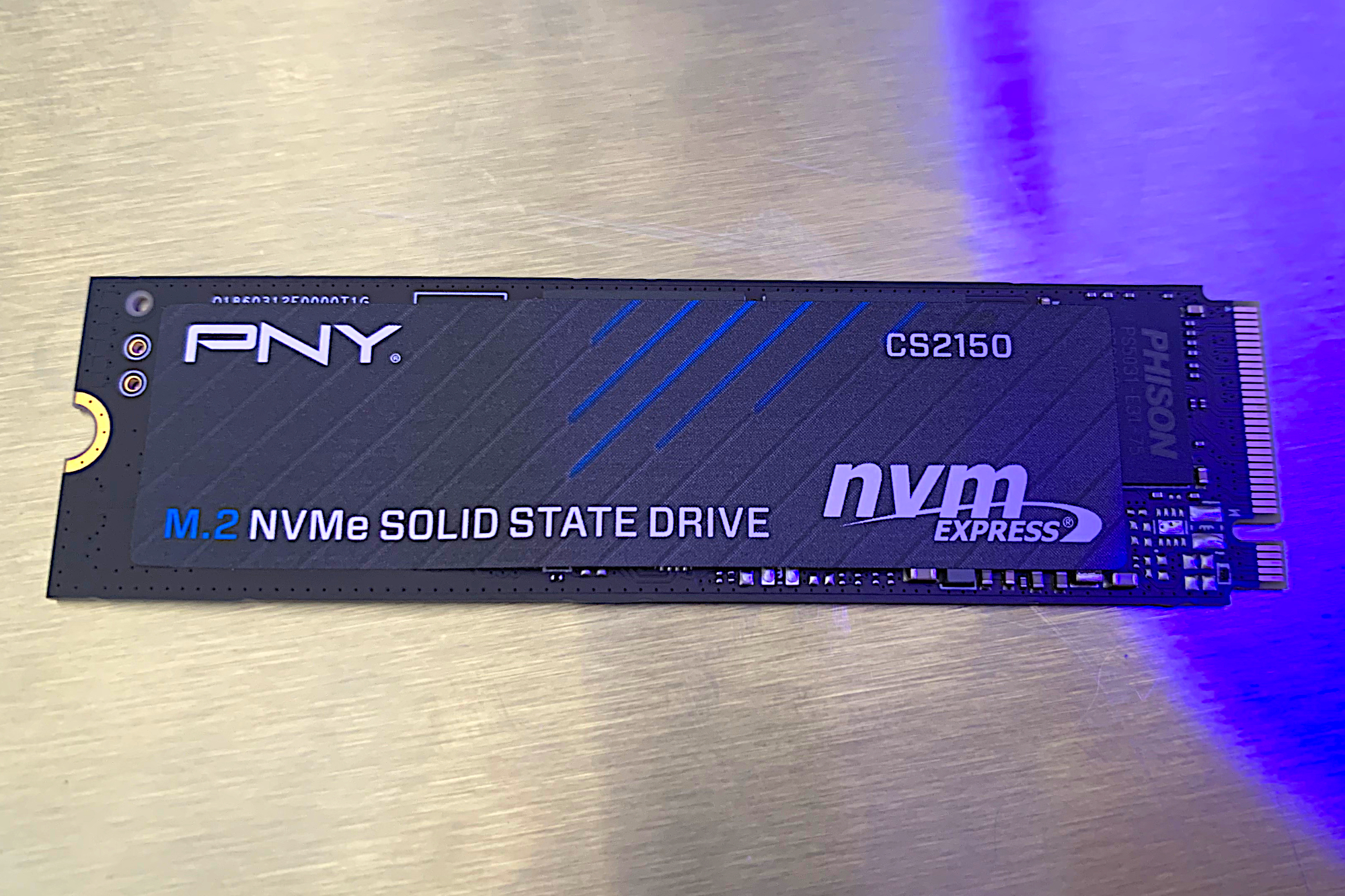
Pros
- Fast PCIe 5.0 HMB performer
- Affordable for the speed
- Maintains decent write rate after secondary cache is exhausted
Cons
- Not as fast as PCIe 5.0 DRAM designs
Who should buy the PNY CS2150?
Anyone who enjoys more for less will like this drive — serious coin can be saved on a PCIe 5.0 SSD by opting for a Host Memory Buffer (HNB) design such as PNY’s CS2150. Using the host system’s memory as the SSD’s primary cache instead of dedicated DRAM on the drive means significantly lower manufacturing costs.
PNY CS2150: Further considerations
HMB doesn’t stop the CS2150 from competing with more expensive SSDs. Indeed, the 2TB version that we tested placed 9th overall among all types of NVMe SSDs and it ran neck-in-neck with the Corsair MP700 — another HMB SSD whose performance impressed us.
PNY’s CS2150 trumps its Corsair peer by costing from $10 to $40 less than the latter in the 1TB and 2TB versions, respectively. You still get the industry standard standard five-year warranty and 600TBW (terabytes that can be written) guarantee.
If you have the PCIe 5.0 M.2 slot to support it, this SSD is an affordable way to performance future-proof your storage.
Crucial P310 (2230) – Best SSD for Steam Deck

Pros
- Fastest 2230 SSD we’ve tested
- Available at up to 2TB
Cons
- Low TBW endurance rating
Who should buy the Crucial P310?
Anyone looking to upgrade the capacity or speed of their Steam Deck storage should seriously consider the P310 — it’s the fastest (by a rather large margin) 2230 short-form-factor SSD that we’ve tested.
For a Steam Deck and many other small devices, you can’t use a commonplace 2280 (22mm wide, 80mm long) PCIe NVMe SSD — you need a 2230 type, meaning one that measures 22mm wide, by only 30mm long. Some will also accept the slightly larger 2242 SSDs.
Crucial P310: Further considerations
There are a few very close competitors, such as the the WD Black SN770M, the Corsair MP600 Core Mini — but the P310 is our top choice because, as previously mentioned, it proved the fastest 2230 type we’ve tested in every benchmark save for the 450GB write. It’s a little pricier than the SN770M, but by a mere $10 at both the 1TB and 2TB capacities at the time of this writing.
If optimum speed is what you’re after, and you don’t foresee regularly writing huge 450GB files, the P310 is the ticket.
Seagate Game Drive SSD – Best SSD for PS5
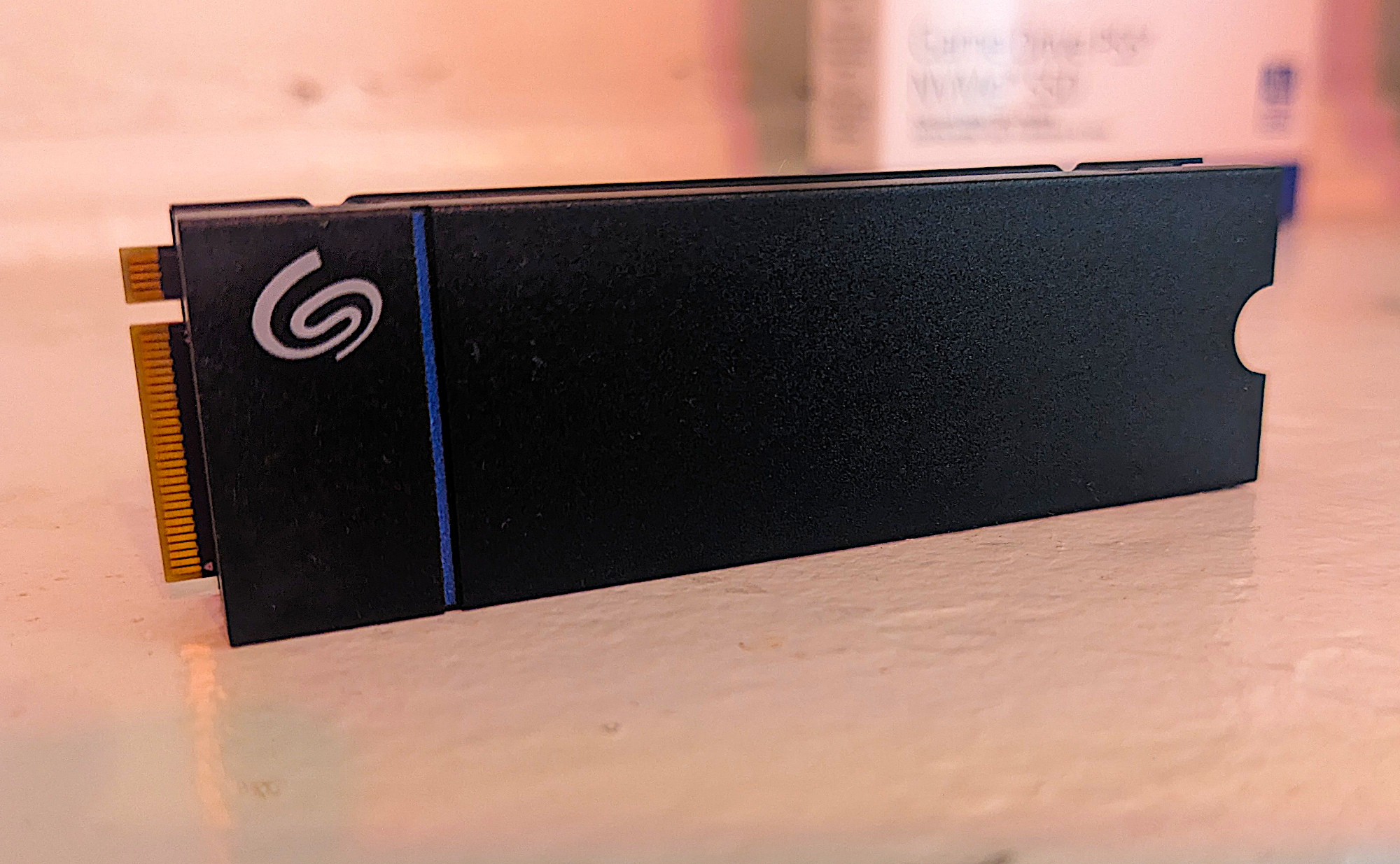
Pros
- Very good overall performance
- Excellent random 4K performance
- Low-profile heatsink
- Twice the TBW rating of the competition
Cons
- On the pricey side
- Maxes out at 2TB
Who should buy the Seagate Game Drive SSD?
Those who want a great-performing SSD that will outlast the useful life of a PS5, should seriously consider the Seagate Game Drive SSD. It’s a PCIe 4.0 NVMe SSD with a superb TBW rating that’s fully endowed with DRAM for primary caching duties. DRAM maximizes small-file performance in Sony’s console system, which doesn’t support the Host Memory Buffer technology (using system memory for primary caching) that many bargain SSDs employ.
Seagate Game Drive SSD: Further considerations
As to outlasting the console, Seagate provides a generous five-year warranty with the drive and spectacularly — a double-the-industry-norm 1,275TBW rating. TBW (terabytes that may be written) is the mitigating factor in SSD warranties, like the miles in an auto warranty. Exceed them and the SSD may become read-only.
The 1TB and 2TB Game Drive SSDs are a bit pricey, but the extra bucks bring you that TBW peace of mind. Note also, that while Seagate claims the Game Drive is optimized for a PS5, it’s no slouch as a regular SSD either. In our performance tests it was the second-fastest PCIe 4.0 SSD with random (small file) operations that we’ve ever tested.
Samsung 870 EVO – Best SATA SSD
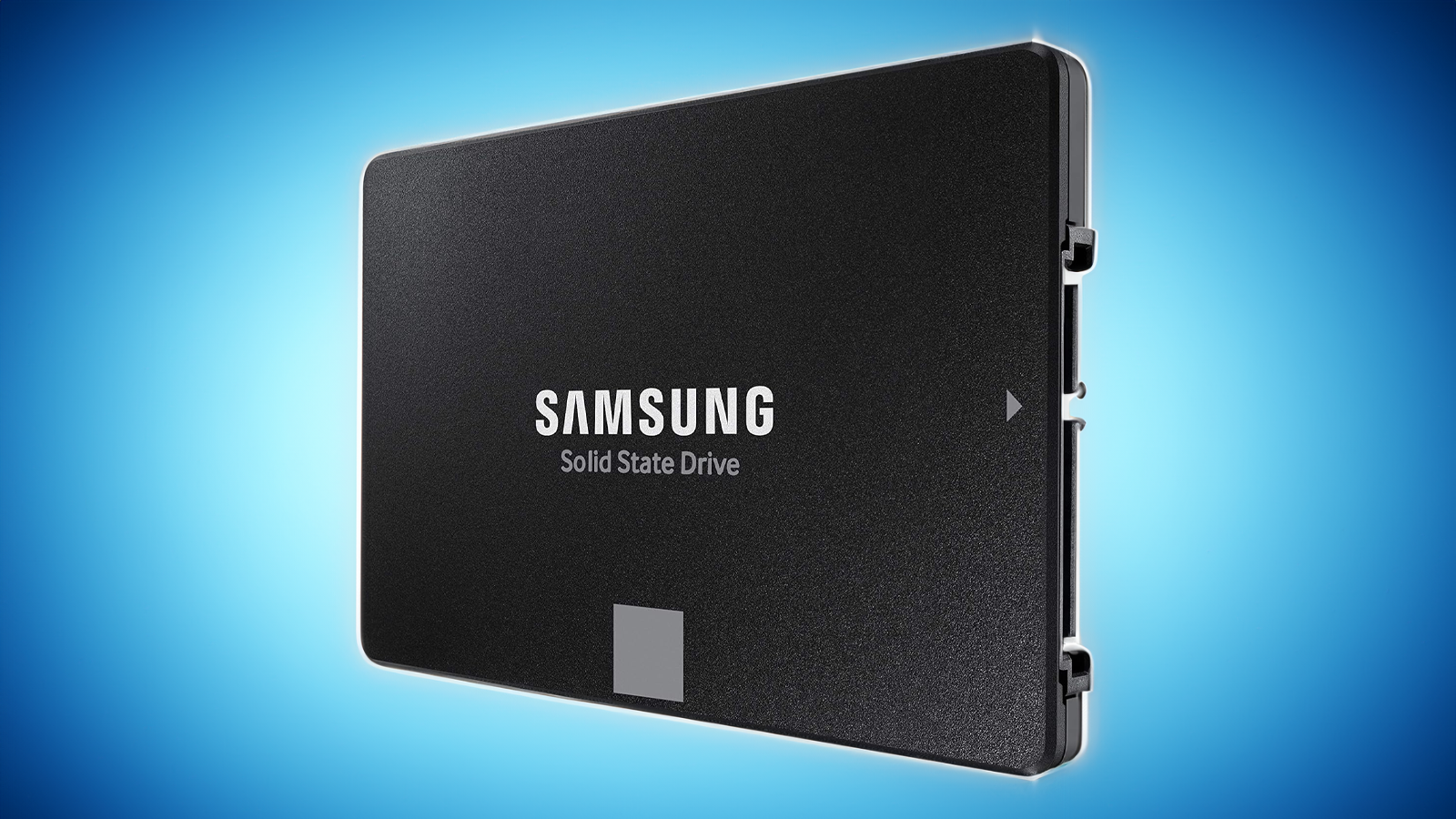
Pros
- Excellent performance with small file operations
- Long writes don’t slow down
Cons
- A little expensive
Who should buy the Samsung 870 EVO?
Users who are looking to add some fast storage via an old-school, but still effective 2.5-inch SATA SSD will want Samsung’s spectacular (for SATA) 870 EVO. It’s the fastest SATA SSD we’ve tested, is available with up to 4TB of capacity, and is exceedingly affordable given the speed.
Samsung 870 EVO: Further considerations
While not as fast as NVMe, 550MBps/fast seeking SATA still blows the doors off of hard drives. The 870 EVO’s price: $100 for 1TB, $150 for 2TB, and $250 for 4TB and speed speak for themselves — though Samsung’s excellent Magician SSD management software also deserves a shout-out.
Crucial BX500 – Best budget SATA SSD

Pros
- Good everyday performance
- Low price per gigabyte
Cons
- QLC NAND slows drastically during very long writes
Who should buy the Crucial BX500?
Those looking to add uber-affordable storage via SATA, should consider the exceedingly cost-effective Crucial BX500. You can get its 1TB model for $70.50, almost $40 less than the equivalent Samsung 870 EVO, while a 2TB version costs just $125.
Crucial BX500: Further considerations
The drive also comes in nearly dirt cheap 240GB and 480GB capacities. But be wary of smaller capacity QLC NAND SSDs. If you regularly write large amounts of data as they can slow drastically during such operations.
Crucial X9 Pro – Best external SSD
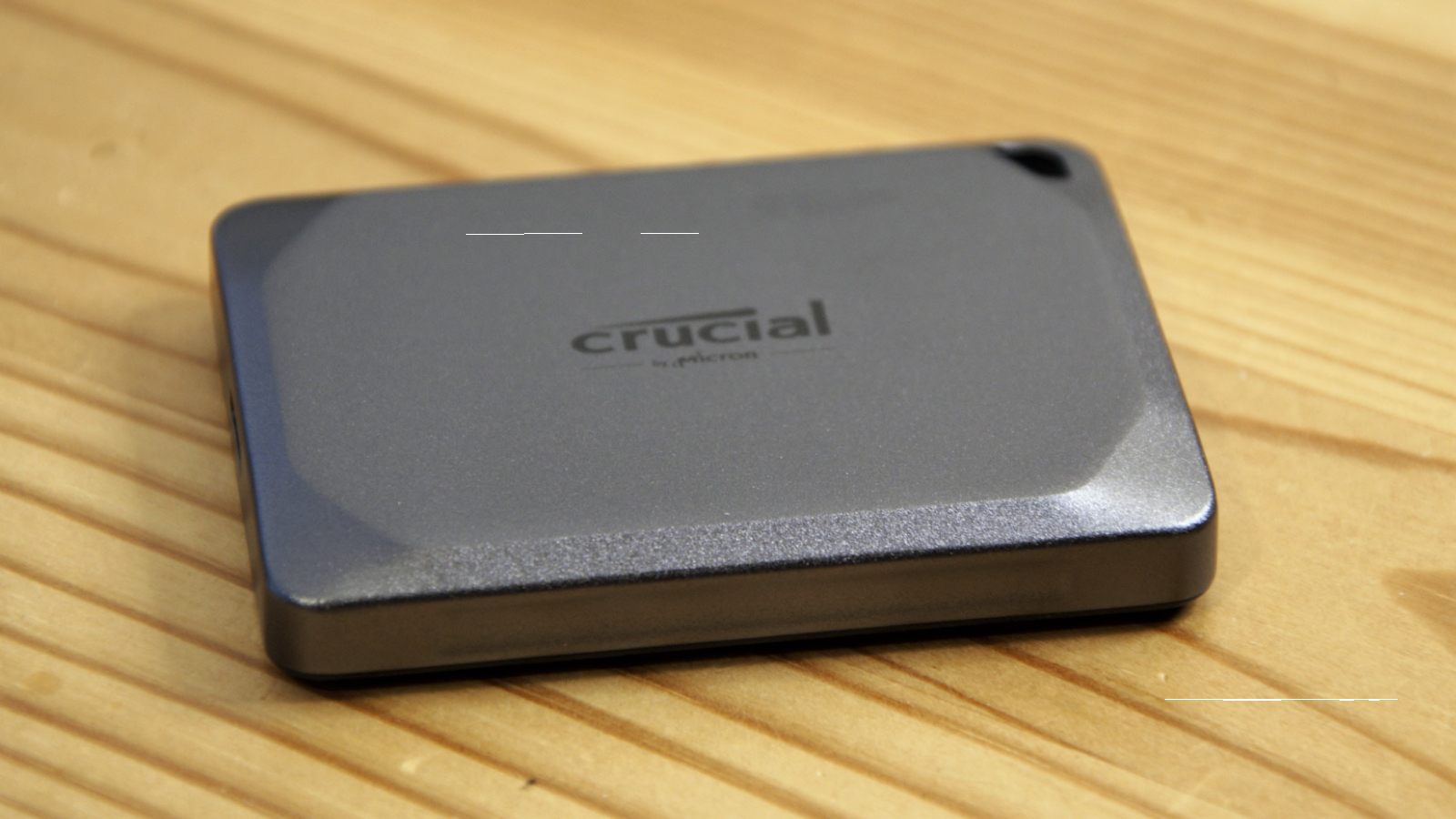
Pros
- Super small form factor
- Great 10Gbps performance
- Handsome design
Cons
- Not the least expensive 10Gbps SSD available
Who should buy the Crucial X9 Pro?
The Crucial X9 Pro is a sure bet for anyone who wants the fastest 10Gbps performance at a still affordable price. A svelte beauty that delivers 1GBps transfer rates, the X9 Pro is sold in 1TB ($70), 2TB ($120), or 4TB ($210) capacities.
Crucial X9: Further considerations
In our testing, the X9 Pro performed admirably against the 10Gbps competition. Excelling especially in the real-world 48GB transfer tests and the 450GB write test — where it smoked the other 10Gbps drives we’ve tested.
Crucial also sells the 20Gbps X10 Pro, but you’ll pay quite a bit more for the doubled speed, and said speed is also dependent upon a USB 3.2×2 port. We think that the X9 Pro will serve the average user perfectly fine with excellent all-around performance at a significantly cheaper price point.
For many more external SSD recommendations, see our roundup of the best external drives.
Other notable SSD reviews
While the following SSDs did not make our list of recommendations, some of them came very close: Samsung 9100 Pro, WD SN850X 8TB SSD, Kingston NV3, Adata 970 Pro, Teamgroup GE Pro.
How we test SSDs
All SSD are tested using a combination of synthetic and real-world benchmarks. To mimic a typical user experience, our real-world tests include 48GB transfers of both a single file and many small files, as well as a 450GB transfer.
The performance numbers we refer to apply only to the drive we were shipped, as well as the capacity tested. SSD performance can vary by capacity due to more or fewer chips to read/write across and the amount of NAND available for secondary caching. Vendors also occasionally swap components. If you ever notice a large discrepancy between the performance you experience and that which we report (systems being roughly equal), by all means — let us know.
You can learn more in our articles on how we test internal SSDs and how we test external drives.
Why you should trust PCWorld for SSD reviews and buying advice
It’s in our name, PCWorld. Our reviewers have been testing PC hardware for decades. Our storage evaluations are thorough and rigorous, testing the limits of every product — from performance benchmarks to the practicalities of regular use. As PC users ourselves, we know what makes a product stand out. Only the best SSDs make this list.
Who curated this article?
Having started computing by flipping switches, Jon Jacobi has witnessed storage morph from punch cards and tape to solid state. He’s been using and testing HDDs, SATA SSDs, and NVMe SSDs for PCWorld for well over two decades. To paraphrase a well-known commercial, you might say he’s seen a thing or two.
How to choose the best SSD?
There are several factors that you should take into consideration when choosing an SSD.
Should I buy an NVMe or SATA SSD?
Only look for SATA if your computer or device doesn’t support the far, far faster NVMe. Note that an M.2 slot in an older computer might be mSATA rather than NVMe. Read your user guide or manual to see if it’s NVMe-capable/NVMe-bootable. It should be both to take full advantage of NVMe.
Should I look for a DRAM or HMB SSD?
SSDs using DRAM for primary caching offer faster random (small file) operations, while those that forego the cost of DRAM use a technique called host memory buffer (HMB). HMB does just what it sounds like, employs your computer (the host) memory for primary caching.
After a rough start, HMB has developed marvelous sequential-transfer performance as fast or faster than DRAM designs, though as just stated above, random operations still lag behind those DRAM designs.
If you want the best overall, and especially random performance, then you want a DRAM design. You’ll pay for it though: HMB designs are often half the price.
Which PCIe generation should my SSD use?
An NVMe SSD won’t perform any faster than the PCIe generation of the CPU/motherboard it’s installed in. Because of that, using a PCIe 5.0 SSD on a PCIe 3.0/4.0 system offers almost no benefit.
In truth, as Windows and most Windows software doesn’t support multiple queues — a major factor in NVMe performance — you can save a lot of money without sacrificing much real world speed by sticking with PCIe 4.0, even in 5.0 motherboards.
NVMe performance even on PCIe 3.0 is insanely fast. Basically, don’t overbuy.
How much capacity should I opt for in my SSD?
You want as much capacity as you can afford. SSDs currently ship in capacities from 250GB to 8TB. More capacity also means more NAND for secondary caching, and less chance you’ll see any slowdowns on long writes.
What type of warranty should I look for with my SSD?
Most internal SSDs are warrantied for five years, while externals are more likely to be covered for only three years. These numbers don’t vary much, but make sure it’s not less than that. The warranty can be overridden by the next topic: TBW.
What’s a TBW rating?
The TBW rating (terabytes that may be written), is the manufacturer’s estimate/rating of how much data may be written to an SSD before it morphs into a read-only device. This is due to cells, which are voltage traps, wearing out after a certain number of writes. Reads don’t wear on a cell like a write.
Average TBW rating these days is 600TBW (TLC) per 1TB of capacity. QLC SSDs tend to have much lower TBW ratings, generally 250TBW per TB or less. That’s still a lot of writes.
What should I look for in the way of BIOS support?
To get the most out of an NVMe drive, you want to run your operating system off of it, which requires a system that can boot from NVMe. Any modern PC will, but if you’re rocking older, but still viable hardware, read the specs.
FAQ
What is the best NVMe SSD?
If we had to choose any one SSD to fill our system, it would be the WD Black SN7100. This PCIe 4.0 SSD comes in up to 4TB of capacity. The 2TB version that we tested was the fastest overall in our benchmarks. Because the drive uses a host memory buffer design for cache, as opposed to onboard DRAM, it’s competitively priced, making it an excellent price-to-performance value.
What is the best cheap NVMe SSD?
The best cheap SSD in our view is the WD Blue SN5000, followed closely by Kingston’s NV3. Both of these PCIe 4.0 SSDs are fast, and very affordable. However, when it comes to PCIe 5.0, the PNY CS2150 is your bargain choice.
What is the best gaming SSD?
Essentially, gaming consoles are computers so the same SSDs that are best for PCs are the also best for gaming consoles. That said, the excellent performance and super-generous TBW rating of Seagate’s Game Drive PS5 SSD makes it our current choice. The DRAM design (which uses onboard memory for secondary caching) results in class-leading random ops performance, as well a full compatibility with PS5.
What is best SATA SSD?
Our current favorite SATA SSD is the Samsung 870 EVO. It’s fast and affordable.
What is the best cheap SATA SSD?
The current best buy when in comes to bargain SSDs is the Crucial BX500. It’s fast enough, and dirt cheap.
What’s the difference between an SSD and HDD?
An SSD, or solid state drive, is a non-mechanical device that uses non-volatile memory (generally NAND) to store data. An HDD, or hard disk drive, is mechanical and stores data on spinning platters as magnetic marks. Read/write heads traverse the platter to seek and transfer data. Because of all the moving parts on an HDD, they have a higher chance of failure over time.
Are SSDs good for long-term storage?
SSDs are excellent for long-term storage, though that depends on what you consider long term. Theoretically, the NAND memory cells, which are voltage traps, could leak over time and become unreadable, but in the decade or so that SSDs have been in heavy use, we’ve not seen this type of degradation. Short answer, a couple of decades, yes; a couple of millennia, perhaps not.
What is the best SSD brand for PC?
If you want the best guarantees look to Seagate. Samsung and WD are also long-standing favorites with well-earned reputations for quality products.
That said,nearly all the second-tier vendors and even some of the top-tier companies use the highly competent industry bigwig Phison for their SSD designs. In other words, there aren’t any real dogs among relatively well-known SSD sellers.
Related content
- Latest SSD reviews
- Is USB or Thunderbolt better for portable SSDs? The key differences, explained
- 6 easy tweaks that maximize your SSD’s performance
- Why two SSDs are better than one for your PC
- How to turn any SSD into a DIY external drive
- Best PCIe 4.0 SSDs: Top picks from experts
- Best external drives 2025: Backup, storage, and portability
- Best external SSDs for gaming: Portable performance drives




















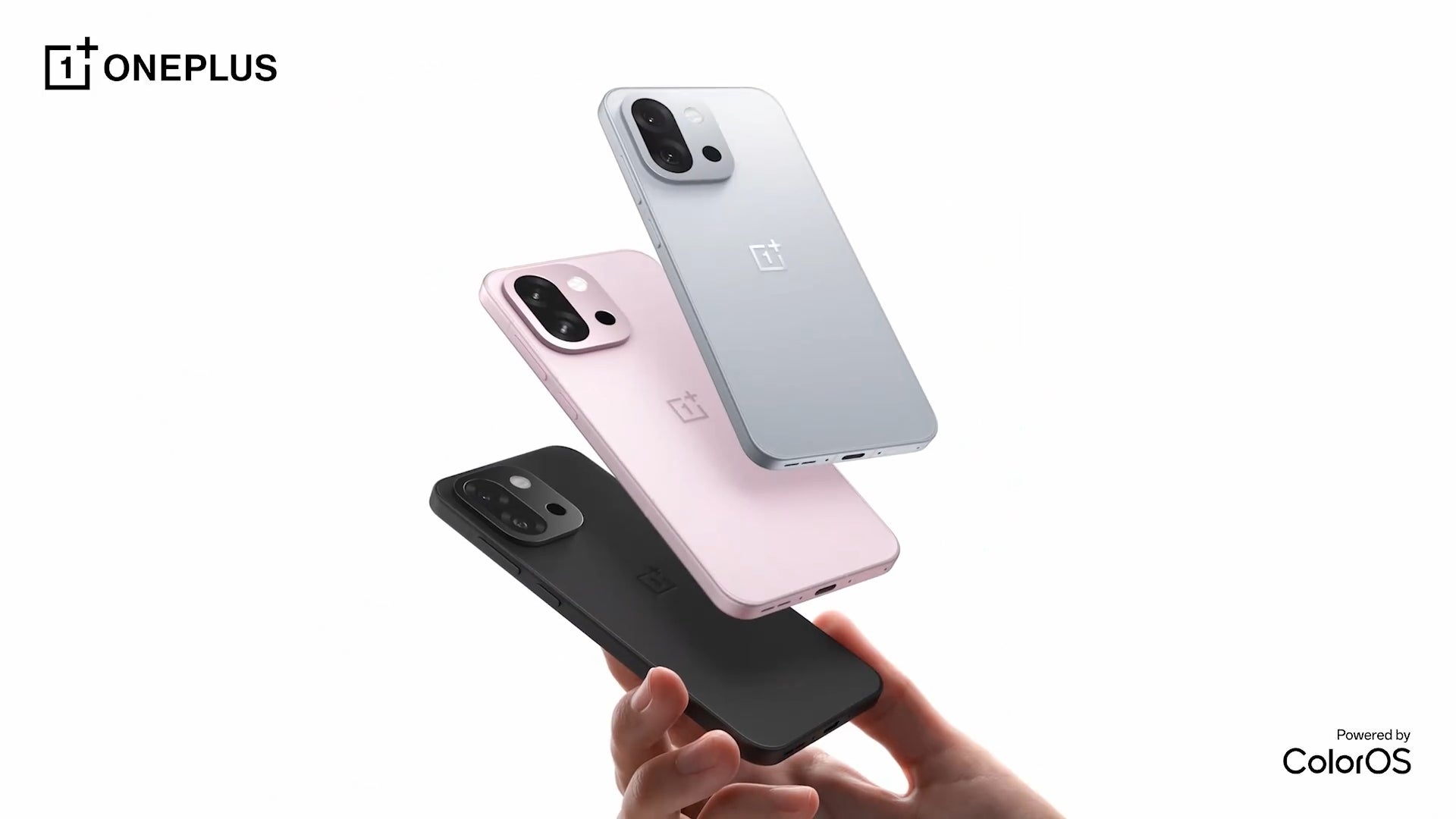


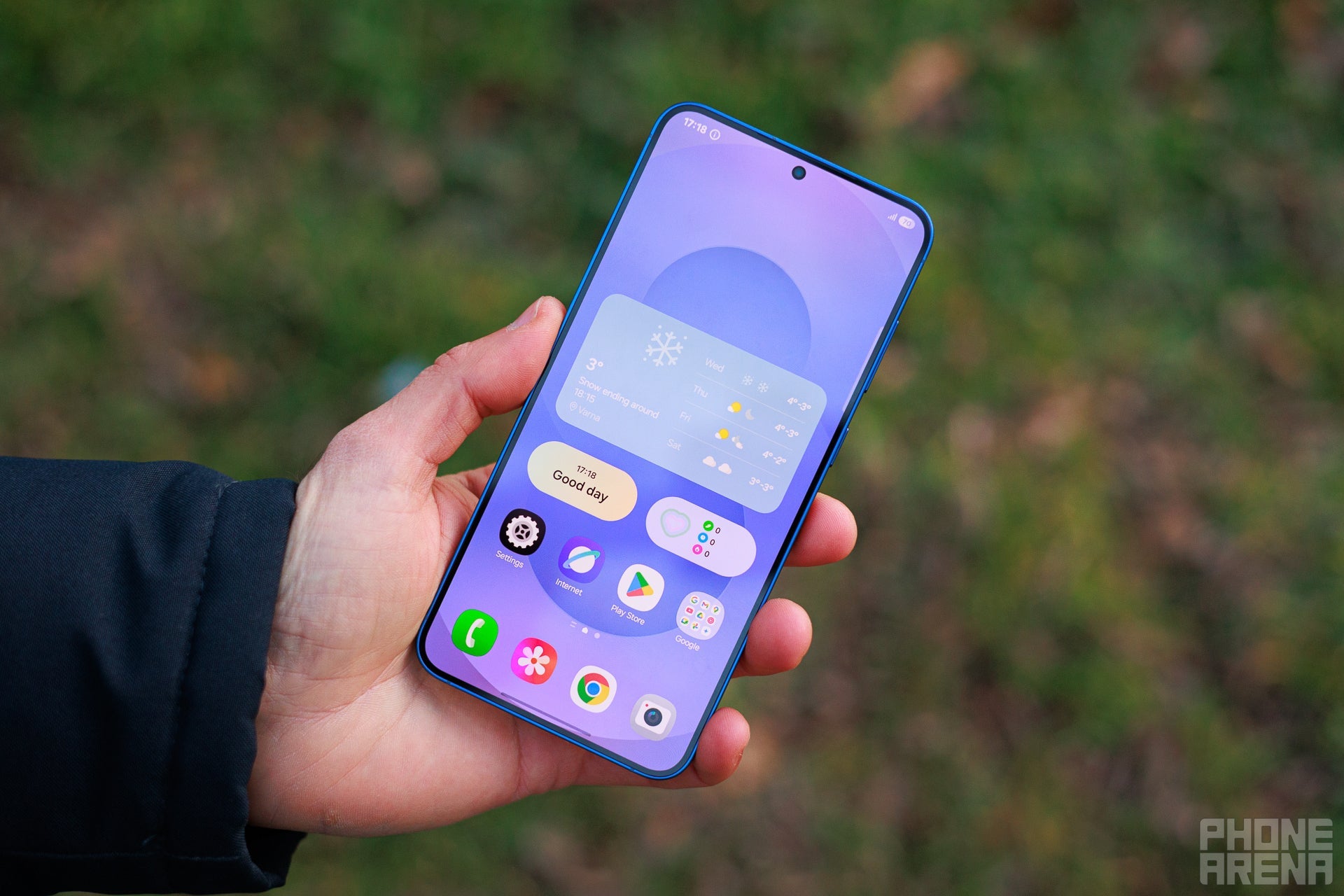



















![Mobile Legends: Bang Bang [MLBB] Free Redeem Codes April 2025](https://www.talkandroid.com/wp-content/uploads/2024/07/Screenshot_20240704-093036_Mobile-Legends-Bang-Bang.jpg)


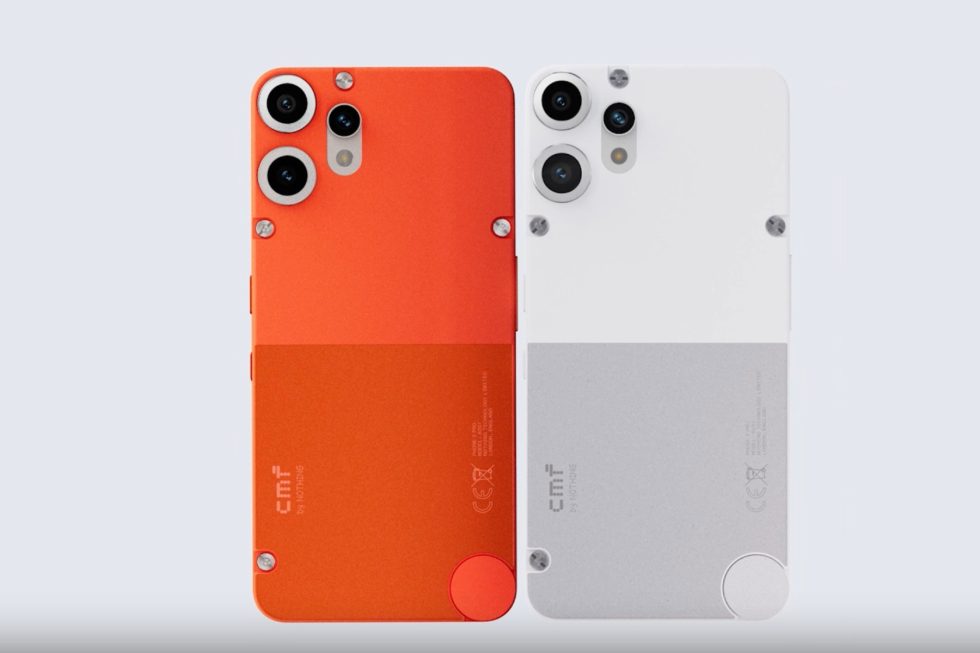






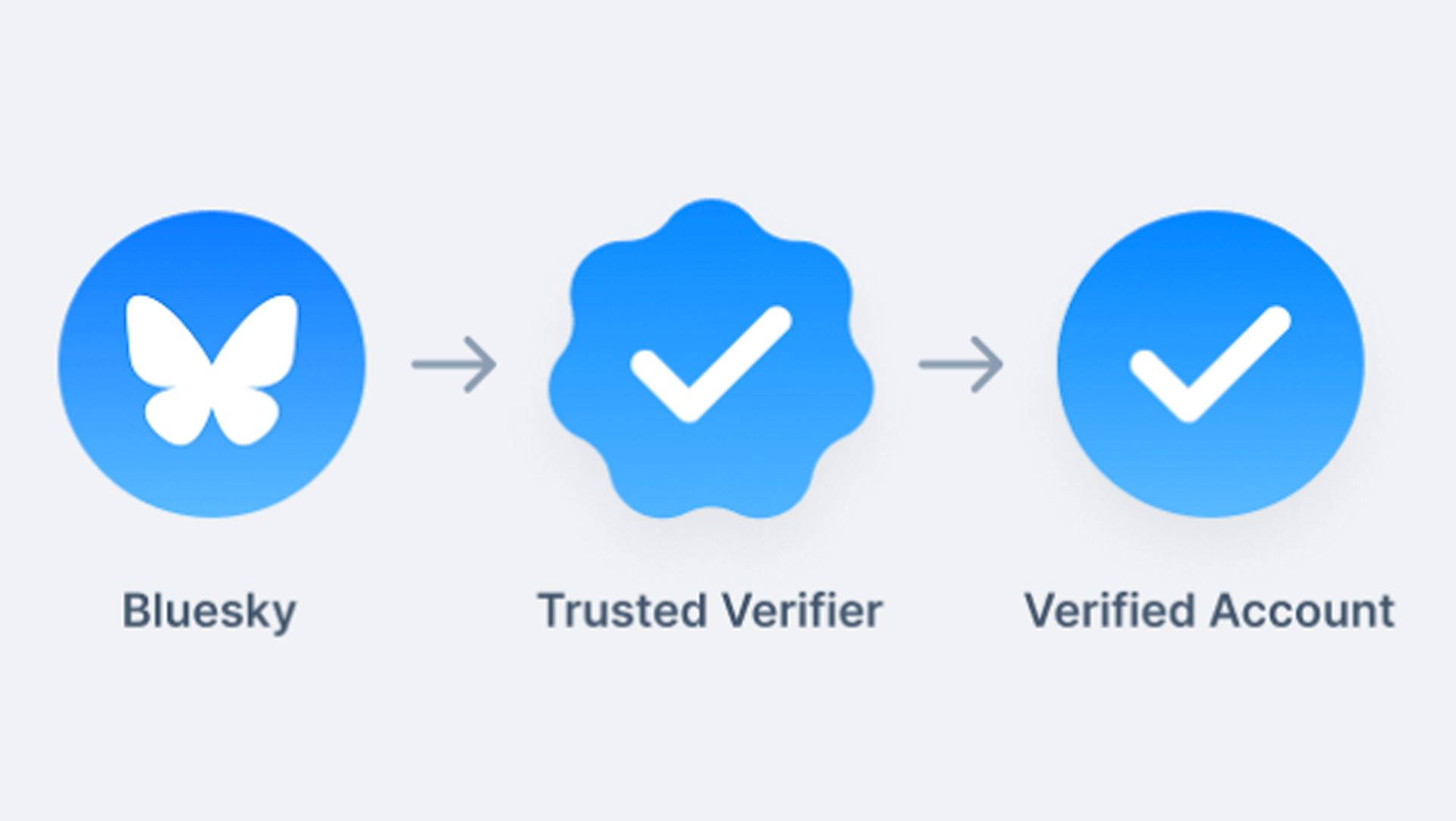
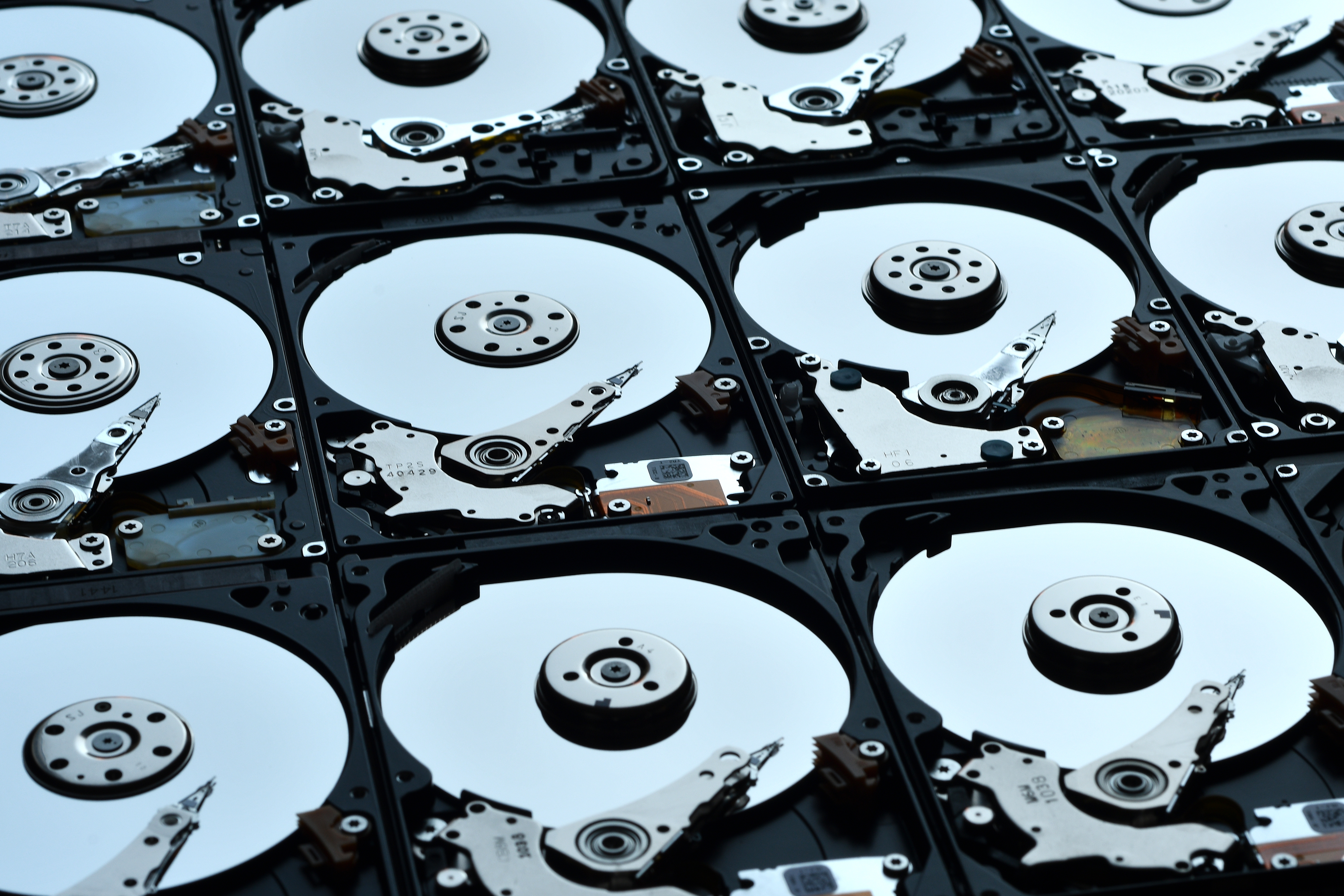
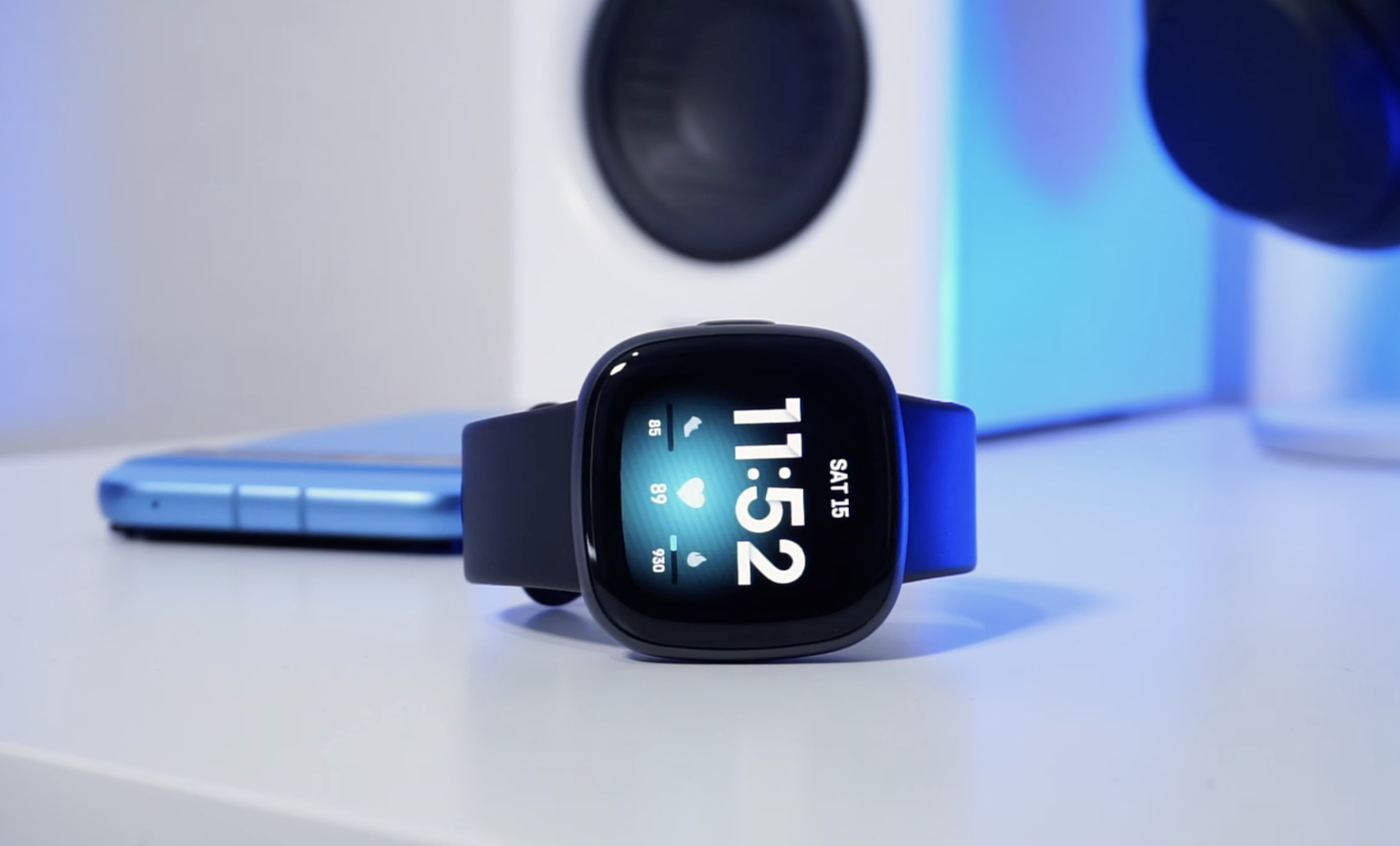











![Apple Releases iOS 18.5 Beta 3 and iPadOS 18.5 Beta 3 [Download]](https://www.iclarified.com/images/news/97076/97076/97076-640.jpg)
![Apple Seeds visionOS 2.5 Beta 3 to Developers [Download]](https://www.iclarified.com/images/news/97077/97077/97077-640.jpg)
![Apple Seeds tvOS 18.5 Beta 3 to Developers [Download]](https://www.iclarified.com/images/news/97078/97078/97078-640.jpg)
![Apple Seeds watchOS 11.5 Beta 3 to Developers [Download]](https://www.iclarified.com/images/news/97079/97079/97079-640.jpg)












![What’s new in Android’s April 2025 Google System Updates [U: 4/21]](https://i0.wp.com/9to5google.com/wp-content/uploads/sites/4/2025/01/google-play-services-3.jpg?resize=1200%2C628&quality=82&strip=all&ssl=1)









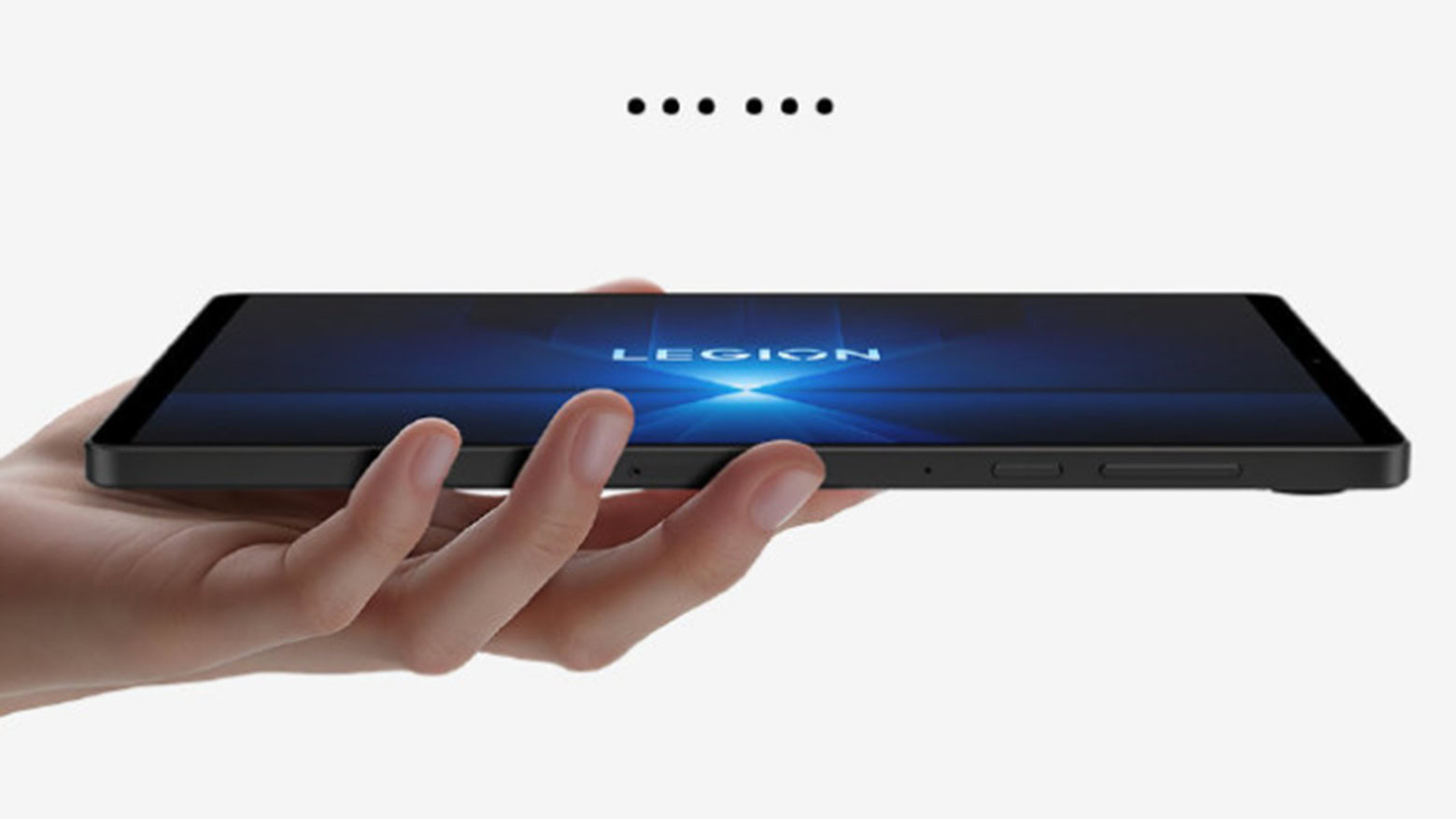

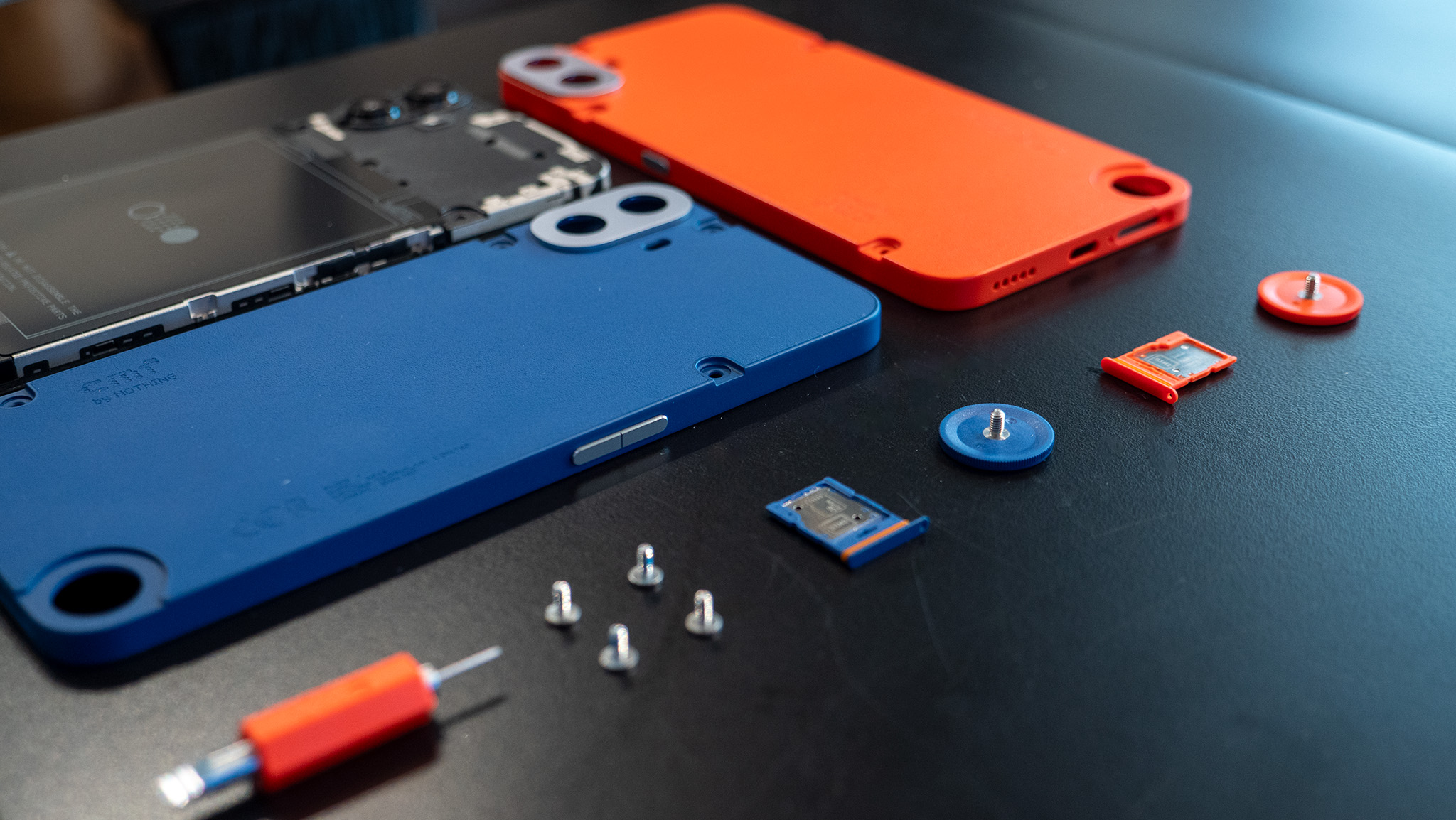














































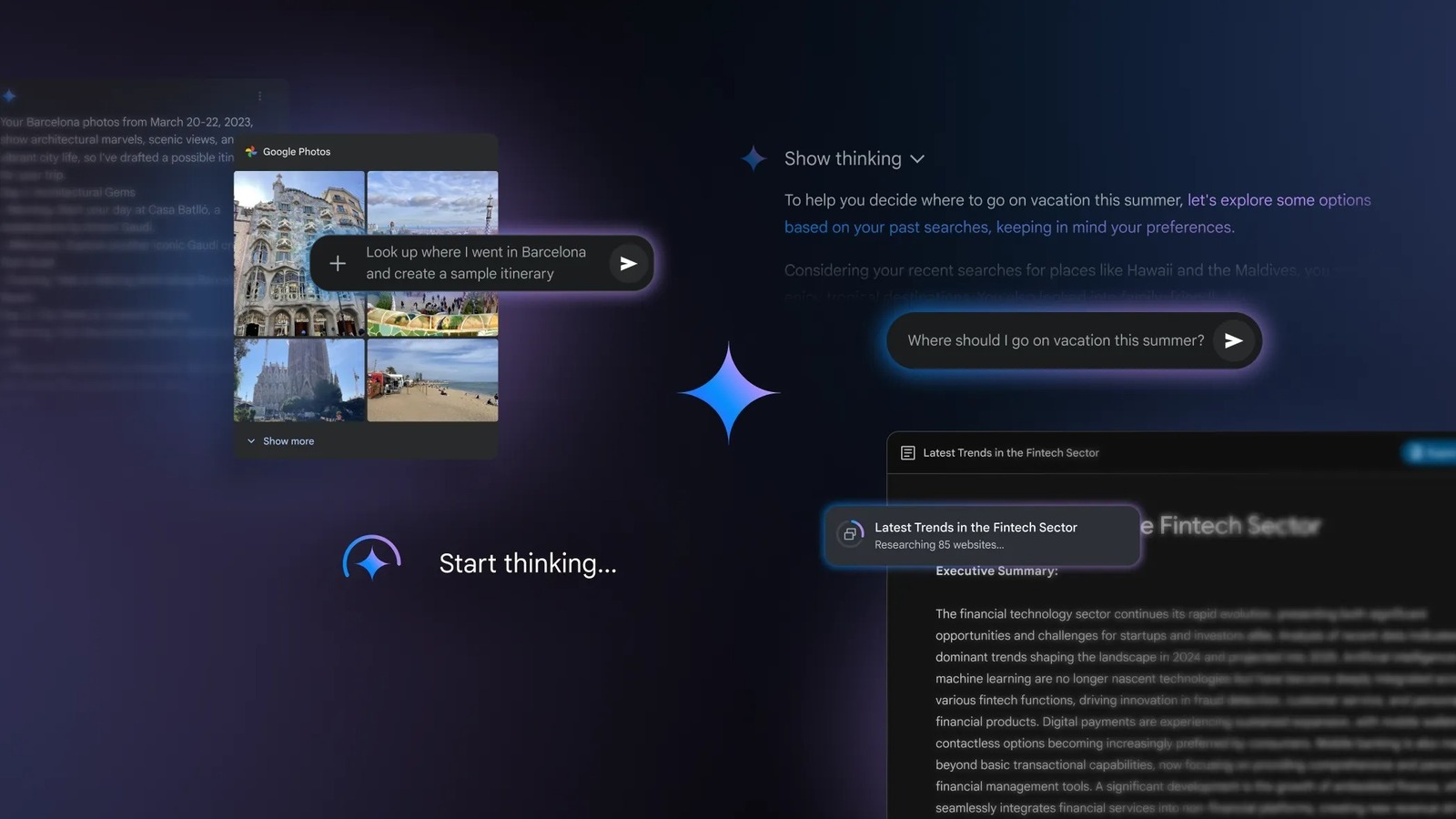



























































































































![[The AI Show Episode 144]: ChatGPT’s New Memory, Shopify CEO’s Leaked “AI First” Memo, Google Cloud Next Releases, o3 and o4-mini Coming Soon & Llama 4’s Rocky Launch](https://www.marketingaiinstitute.com/hubfs/ep%20144%20cover.png)






























































































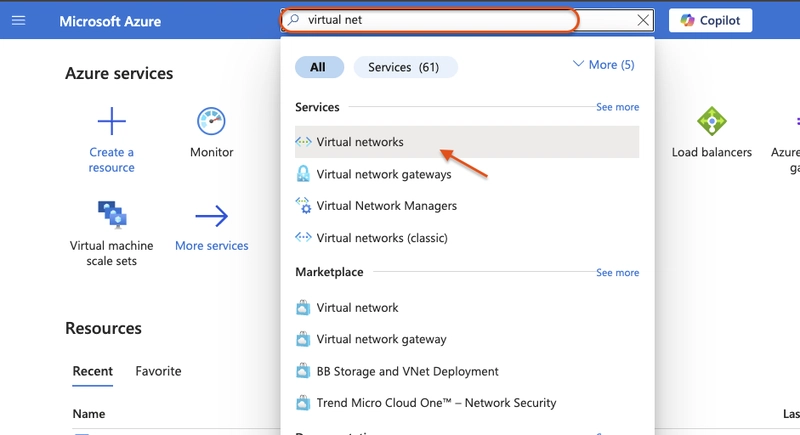
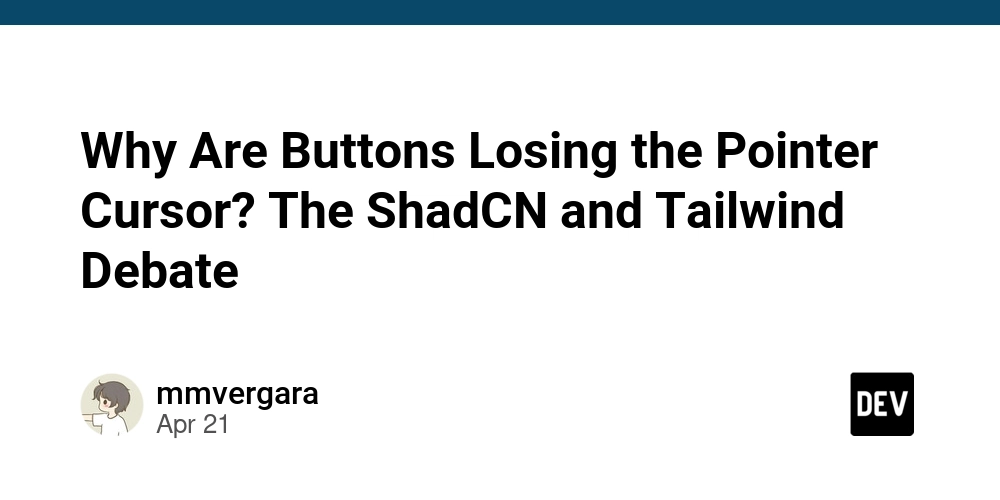

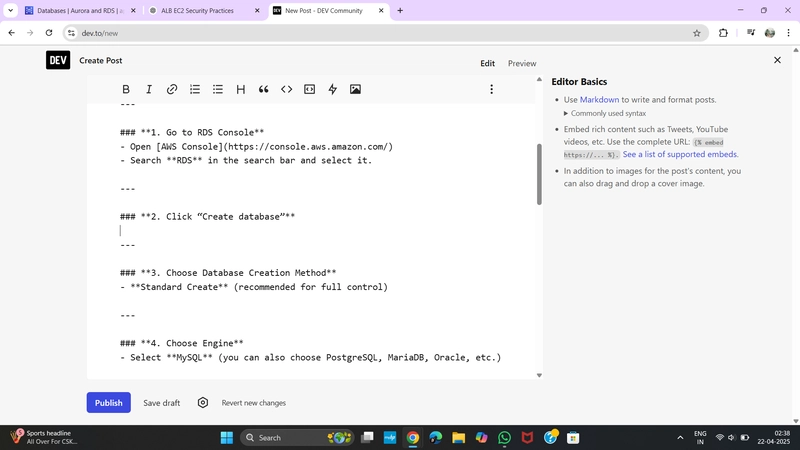






















![BPMN-procesmodellering [closed]](https://i.sstatic.net/l7l8q49F.png)

















![From fast food worker to cybersecurity engineer with Tae'lur Alexis [Podcast #169]](https://cdn.hashnode.com/res/hashnode/image/upload/v1745242807605/8a6cf71c-144f-4c91-9532-62d7c92c0f65.png?#)



































.jpg?#)
.jpg?#)
.jpg?#)






























































